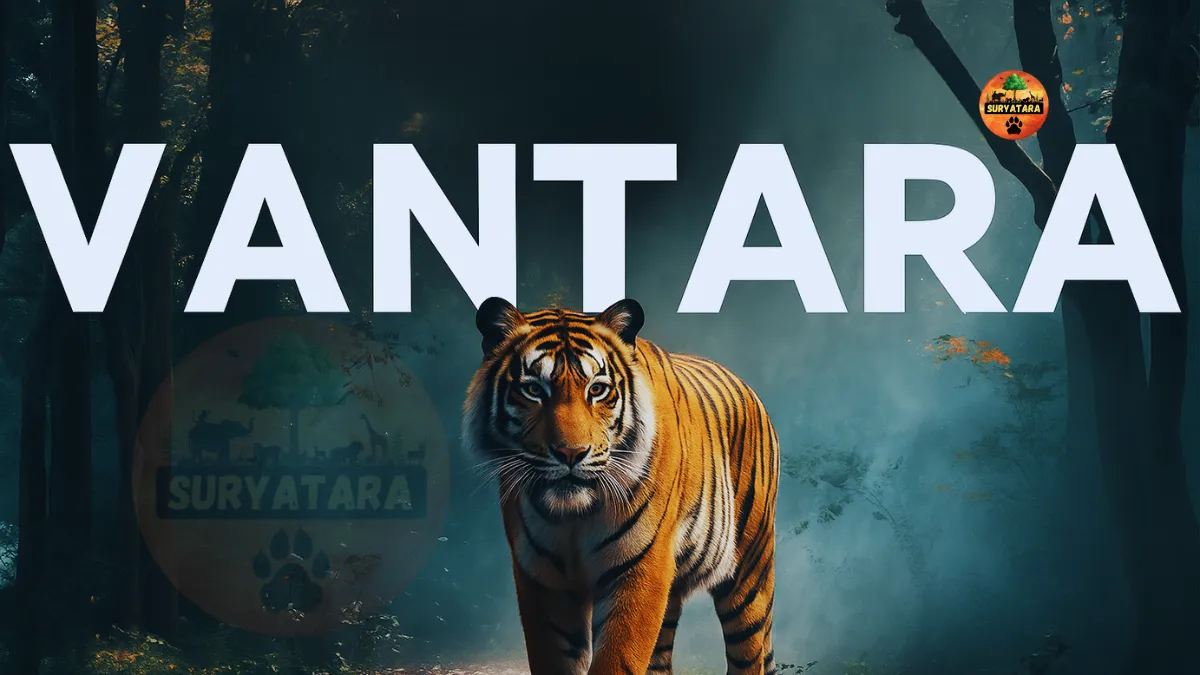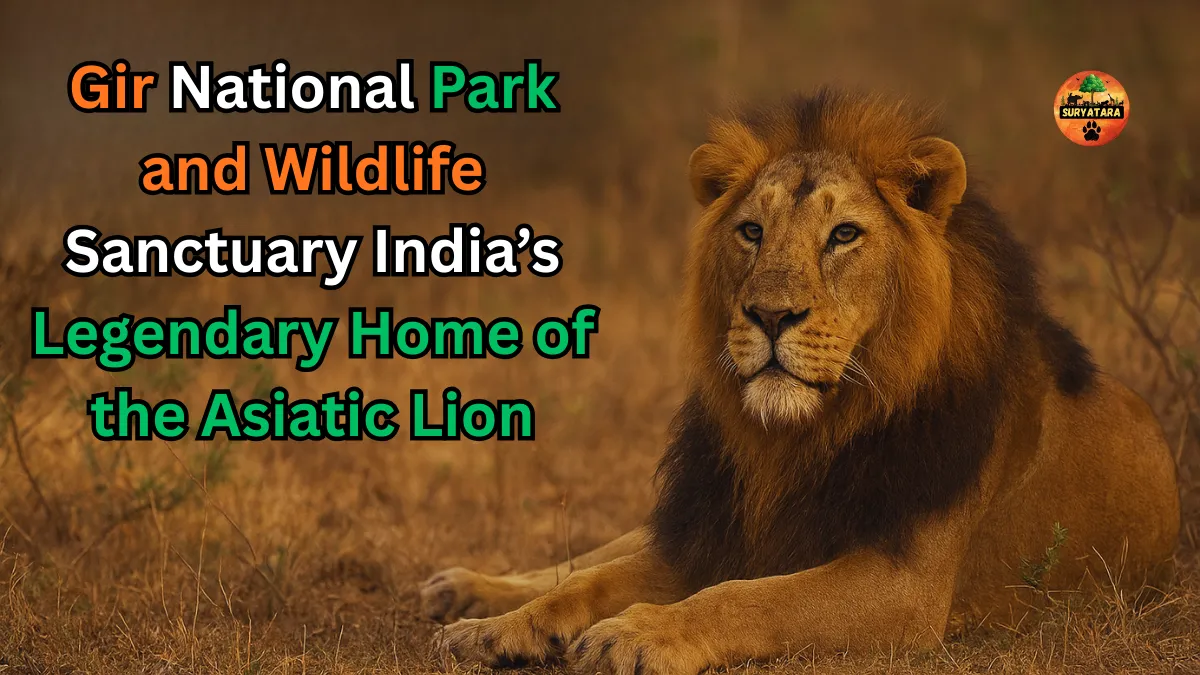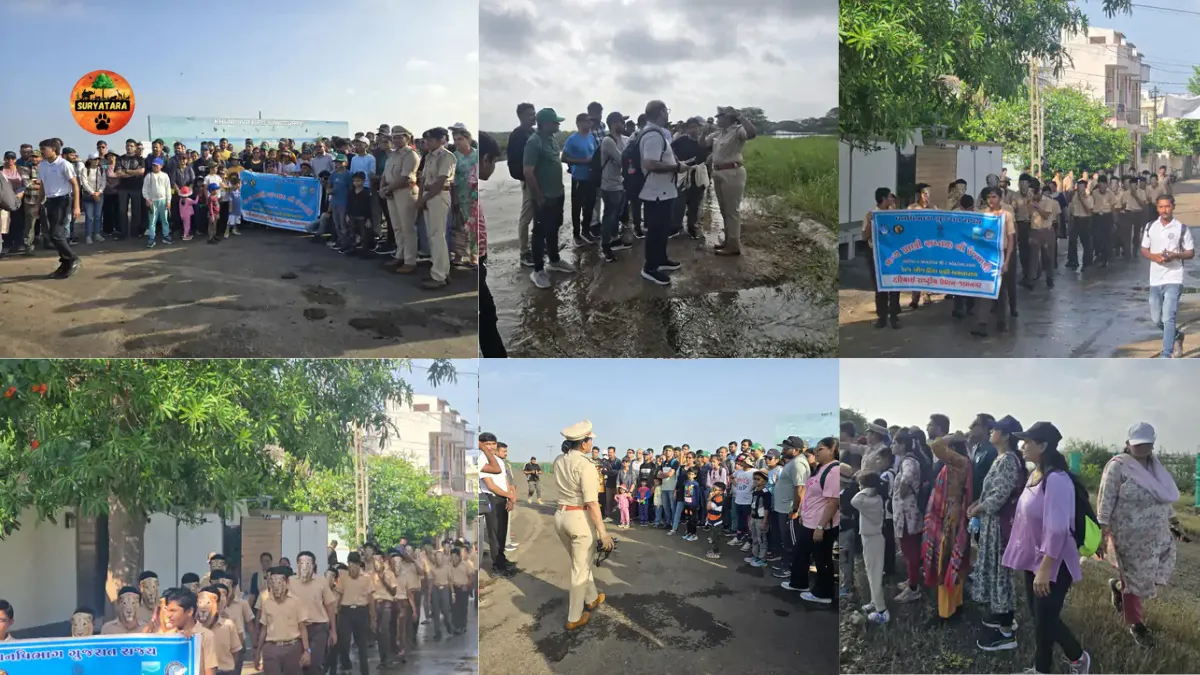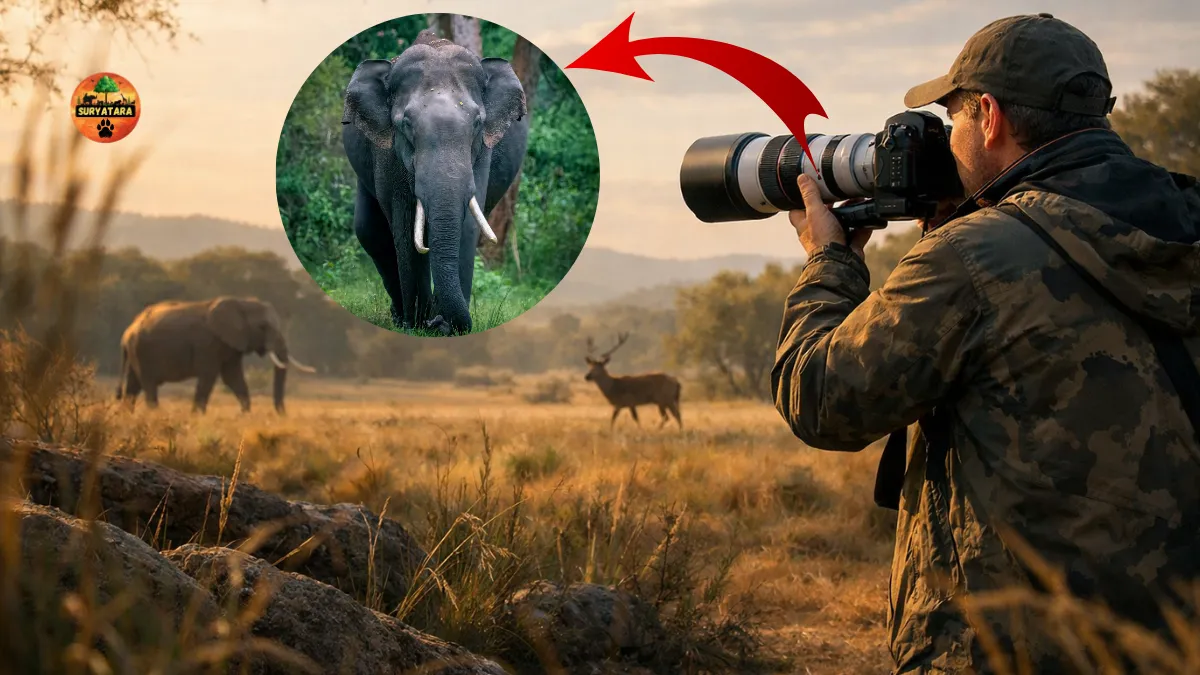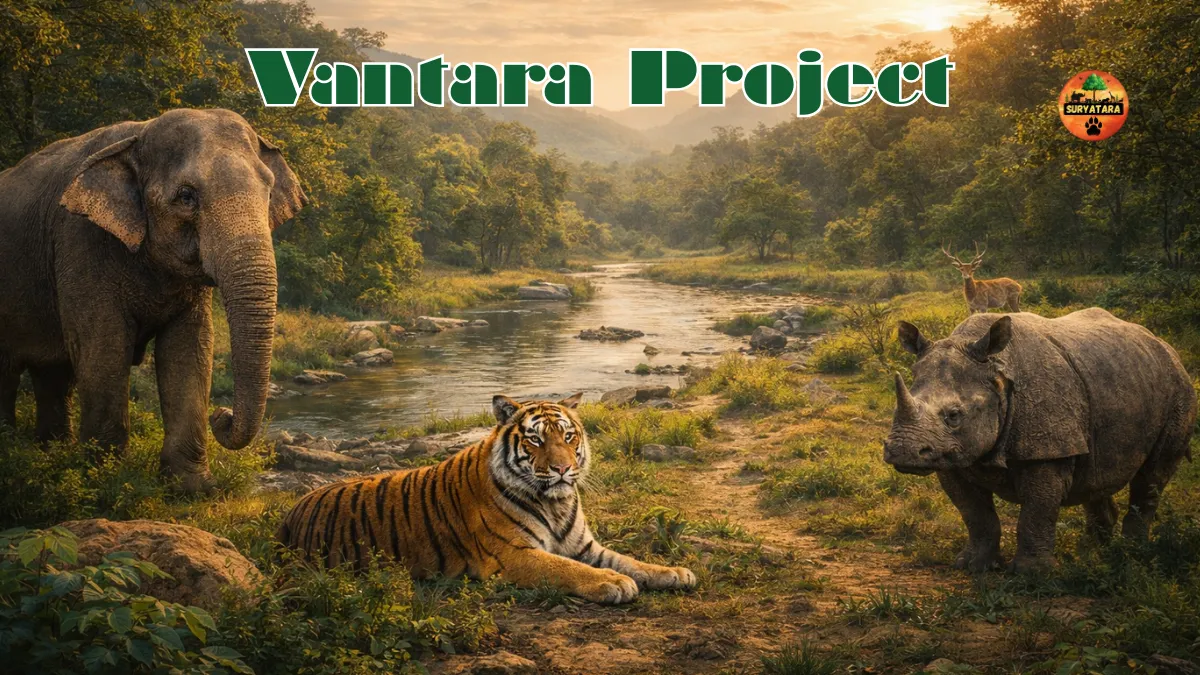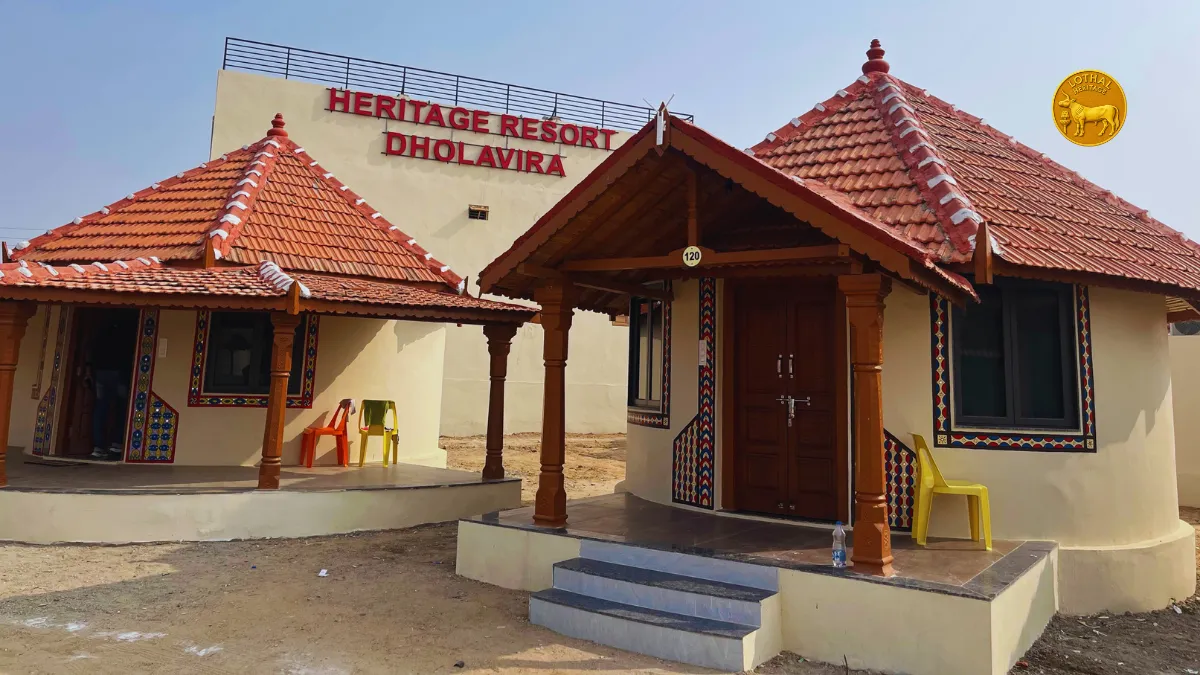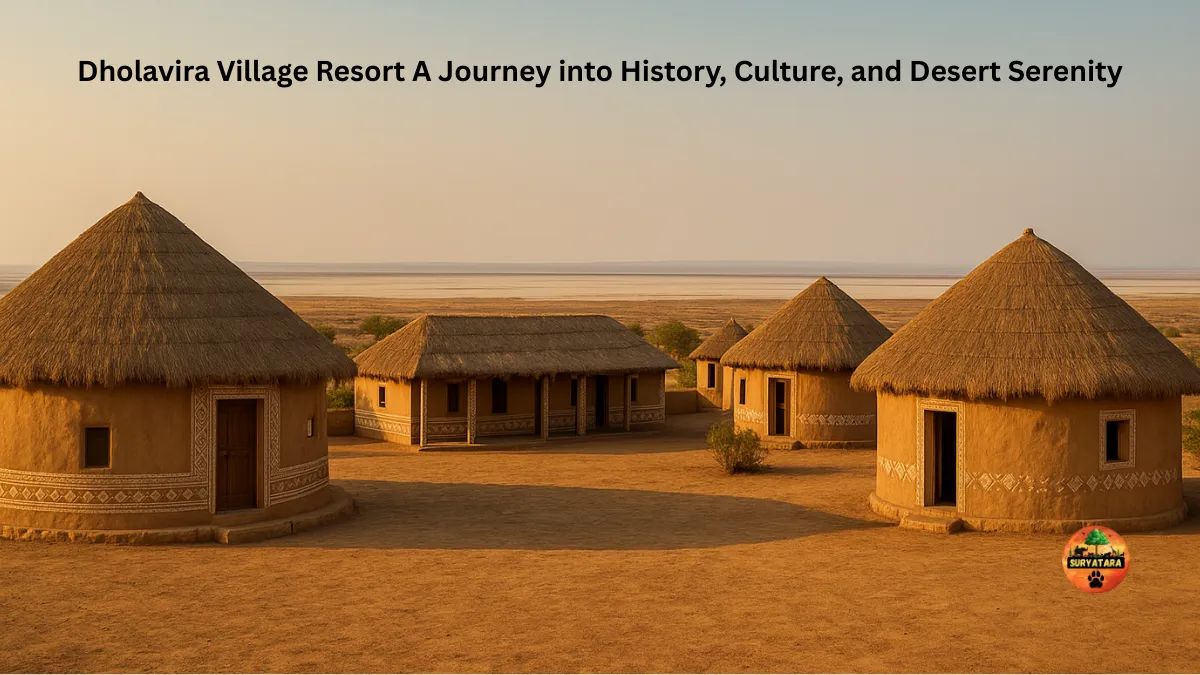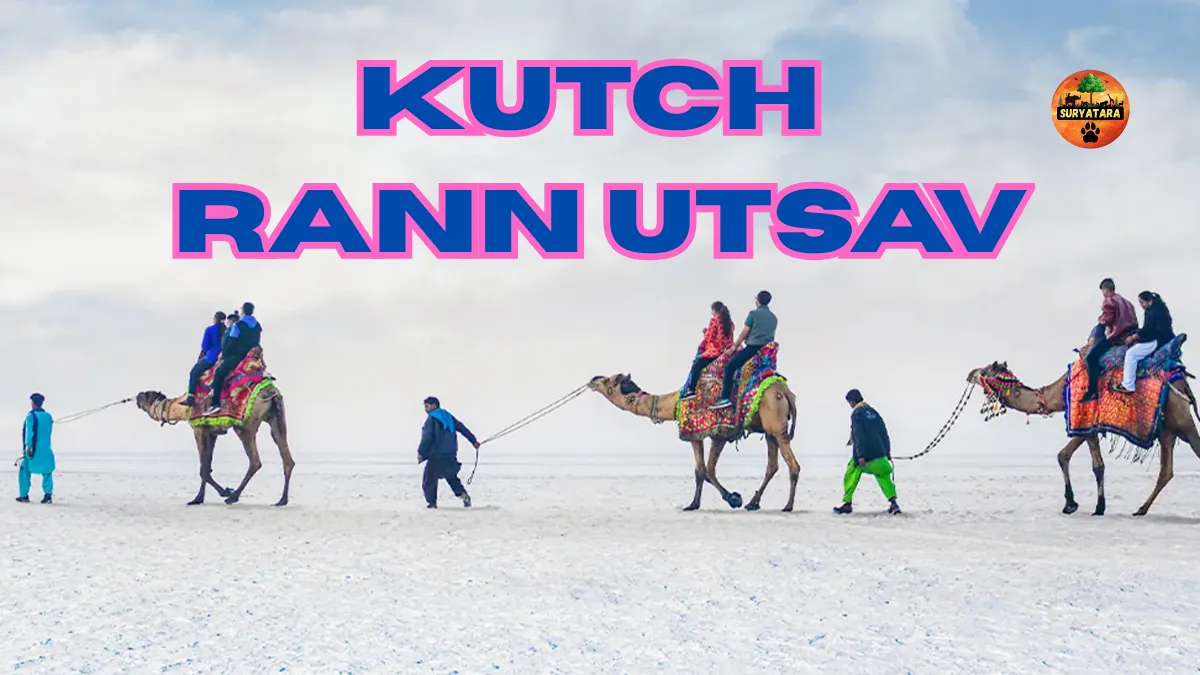The Vantara project cost in rupees is one of the most searched queries ever since this monumental conservation initiative was launched in Gujarat. With growing awareness around wildlife protection and habitat restoration, the Vantara Project — spearheaded by Anant Ambani — has attracted national and international attention. But what exactly does this project entail, and why is its budget making headlines?
Let’s explore the full scope of the Vantara Project, the rationale behind the investment, and the remarkable efforts driving one of the world’s largest wildlife rescue and rehabilitation initiatives.
What is the Vantara Project?
Launched in 2024, the Vantara (meaning “Star of the Forest”) initiative is a visionary wildlife conservation program led by Anant Ambani, the youngest son of Mukesh Ambani, under the Reliance Foundation. It aims to rescue, rehabilitate, and rewild endangered, abused, and injured animals not just from India but also from international territories.
Spanning over 3,000 acres within the Reliance-owned Jamnagar Refinery complex, this mega-project combines cutting-edge veterinary technology, global partnerships with zoos and sanctuaries, and a passionate team of environmentalists and experts.
Vantara Project Cost in Rupees: An Overview
One of the standout aspects of this massive conservation venture is its investment. The Vantara project cost in rupees is estimated at ₹2,500 crore (INR), which roughly converts to over $300 million USD. This amount covers infrastructure, animal transport and rescue, medical care, research facilities, and staff development.
Below is a detailed table highlighting the key financial components of the project:
| Component | Estimated Cost (INR) | Purpose |
|---|---|---|
| Animal Rescue & Transport | ₹350 crore | Relocation from conflict zones, rescue missions worldwide |
| Habitat Design & Development | ₹500 crore | Creating naturalistic enclosures and climate-controlled habitats |
| Veterinary Hospitals & Research Facilities | ₹450 crore | Animal treatment, surgery units, breeding and diagnostics |
| Conservation & Rewilding Programs | ₹400 crore | Breeding endangered species, releasing back to wild |
| Global Partnerships & Training | ₹300 crore | International zoo collaborations, conservation science |
| Operational and Staffing Infrastructure | ₹500 crore | Salaries, technology, logistics, and long-term upkeep |
Why Such a High Investment?
The Vantara project cost in rupees might seem enormous at first glance, but the scale of operations fully justifies it. Unlike typical zoos or rescue shelters, Vantara operates with long-term conservation goals. It is not a profit-driven model but rather an ecosystem restoration and animal welfare mission.
Here are a few reasons for the high cost:
- Global-Standard Facilities: The animal hospitals are among the most advanced in the world, with 3D scanning, endoscopy, orthopaedic surgery rooms, and more.
- Highly Skilled Team: Vantara has hired vets, ecologists, zoologists, and rescue specialists from countries like the UK, South Africa, Singapore, and the USA.
- Logistics & Ethical Transport: Transporting elephants, giraffes, lions, and other sensitive animals requires chartered planes and tailored logistical planning.
- Habitat Simulation: Artificial forests, wetlands, and grasslands are created using real-time climate analysis to mimic native habitats for each species.
Subheading: The Vantara Project Cost in Rupees Reflects a Long-Term Vision
The significant Vantara project cost in rupees reflects the project’s long-term vision: not just to rescue animals, but to rehabilitate them, provide dignified care, and in many cases, release them back into the wild. Unlike traditional sanctuaries that focus only on captivity, Vantara puts a strong emphasis on rewilding and species survival.
For example, many of the rescued big cats, primates, and herbivores are gradually prepared for return to national parks or forest reserves — with the cooperation of local and international wildlife authorities.
Also read: PM Modi inaugurates Vantara India’s largest animal rescue and rehabilitation center
National and Global Recognition
The project’s massive investment is already paying off in terms of recognition and results:
- Several Asiatic lions, rescued from unsafe conditions, have shown signs of recovery and social reintegration.
- Elephants from war zones in Africa have found new life in lush, safe enclosures.
- International wildlife agencies have lauded Vantara as a model for global conservation.
Also read: Vantara Ambani: A New Era in Wildlife Conservation
Impact Beyond Wildlife
The cost of the Vantara project isn’t just about animals — it’s also an investment in education, tourism, employment, and ecological sustainability:
- Educational Outreach: The campus will also serve as a research and learning hub for students, conservationists, and visitors.
- Local Employment: Thousands of locals are being trained in animal care, security, landscaping, and administration.
- Eco-Tourism: While not fully open to the public, Vantara has the potential to become a conservation-tourism destination, similar to globally renowned places like the San Diego Zoo Safari Park or Kenya’s David Sheldrick Wildlife Trust.
Also read: How Big is Vantara in Jamnagar? A Detailed Look at the World’s Largest Wildlife Rescue Center
Conclusion
Understanding the Vantara project cost in rupees goes beyond just a figure. It reflects the scale, sincerity, and scientific depth of a movement to protect Earth’s most vulnerable creatures. This initiative is not just a private legacy project, but a national asset — setting a benchmark for how wildlife should be cared for in the 21st century.
As the world grapples with biodiversity loss, climate change, and increasing human-wildlife conflict, projects like Vantara show that hope is not just a dream — it’s a well-funded, well-planned mission.
